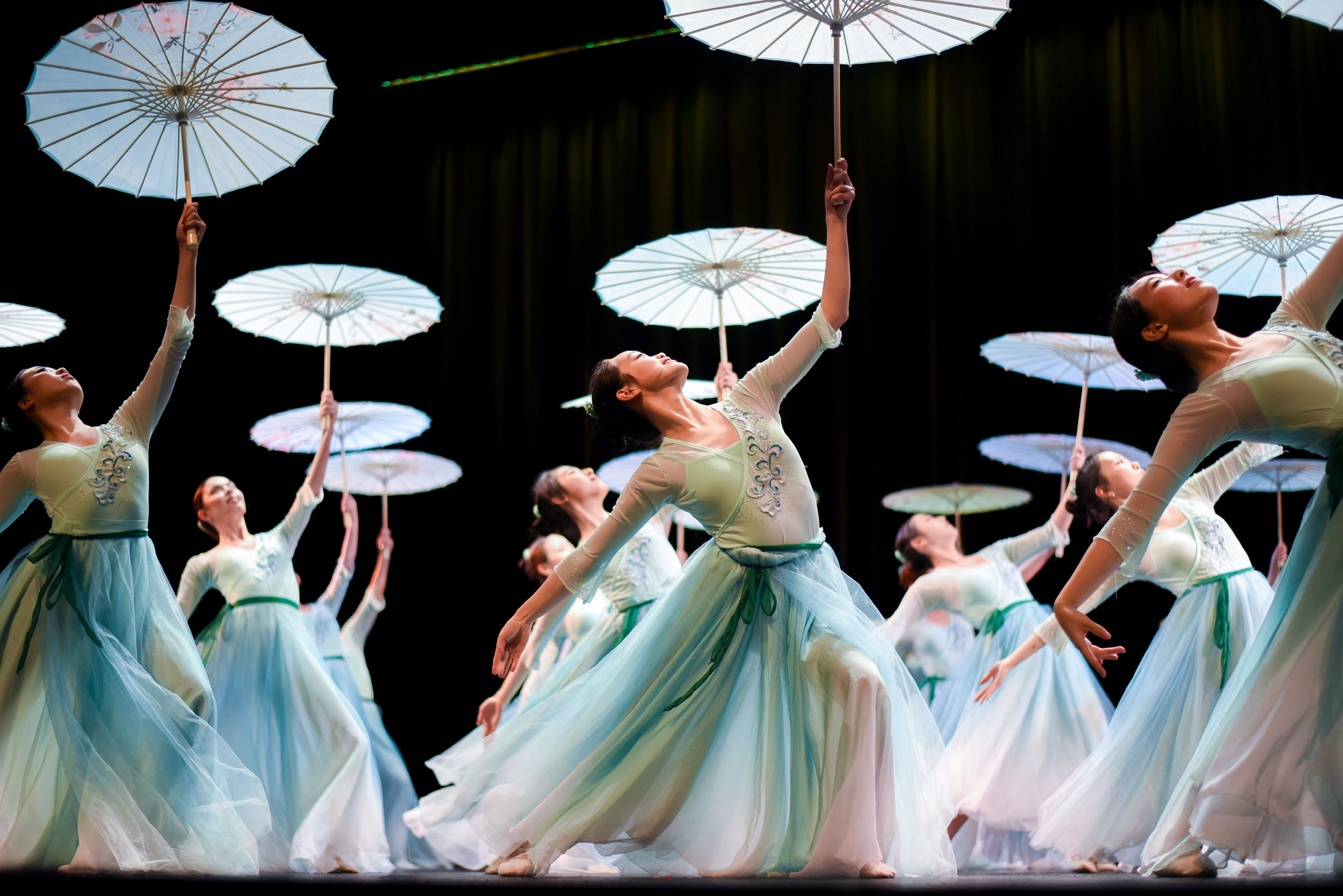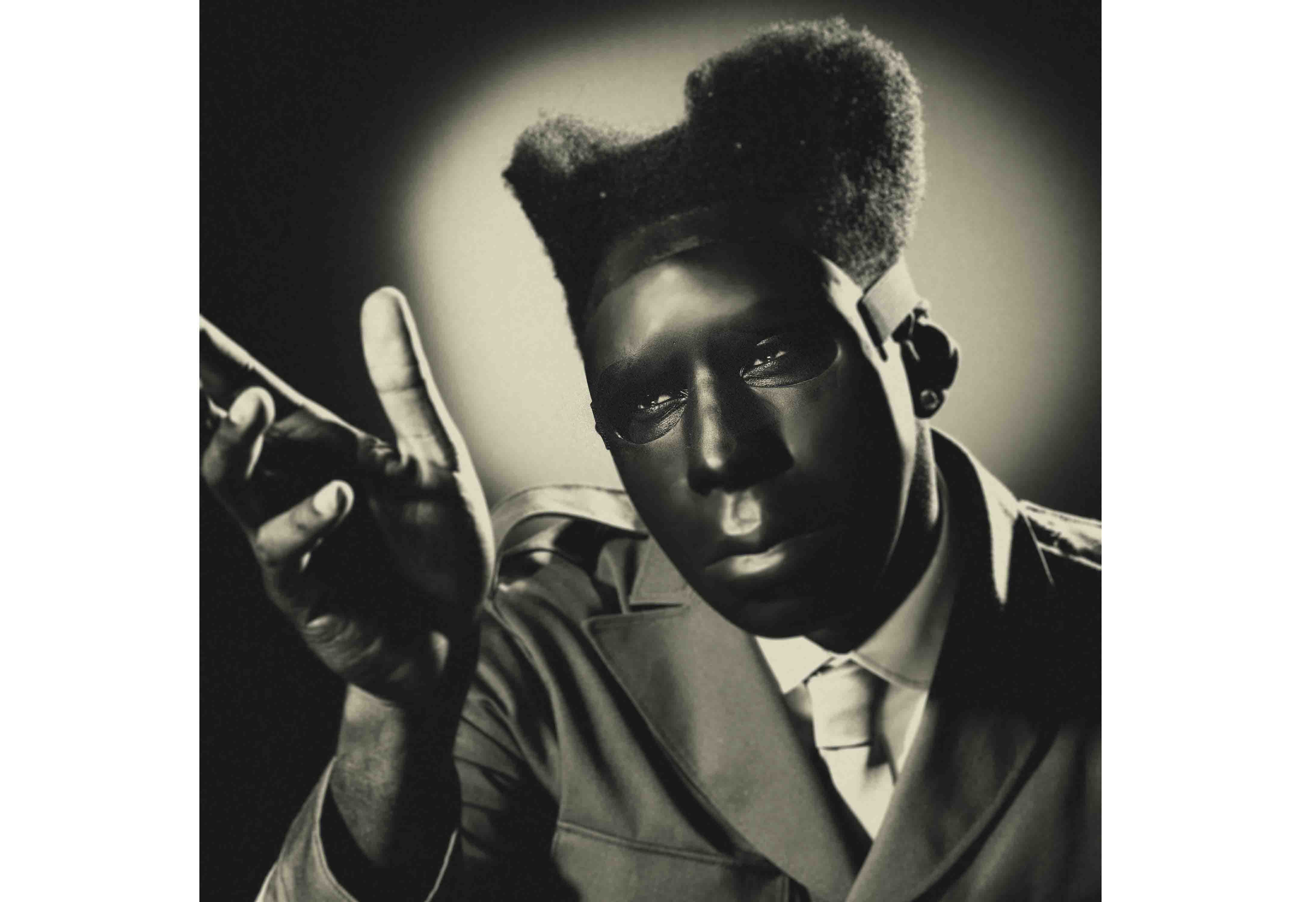Second Take: Minimalism endorses simplicity but mutes cultural, personal vibrancy

(Valerie Liman / Daily Bruin)

By Eric Sican
Feb. 12, 2025 4:43 p.m.
This post was updated Feb. 23 at 8:03 p.m.
Minimalism champions restraint yet kneels to the austere.
Minimalism, often heralded as the pinnacle of aesthetic sophistication, has long dictated trends in design, fashion and, ultimately, lifestyle. Defined by its emphasis on decluttering, simplifying and paring down to the so-called “essentials,” minimalism promises clarity and order.
But at what cost?
The movement has, in many ways, stripped individuals of personal aesthetic expression, forcing them to conform to a lifestyle that prioritizes absence over presence. While the movement has its merits, it is worth considering the constraints it places on individuality and the argument for maximalism as an alternative.
Less than a decade ago, social media propelled minimalism into the mainstream. The rise of influencers showcasing pristine, all-white interiors and capsule wardrobes devoid of color gave way to a cultural shift that associated excess with chaos. The popularity of tidying guru Marie Kondo’s decluttering philosophy and the widespread embrace of “less is more” aesthetics reinforced the belief that minimalism was the ultimate standard of good taste. The aesthetic of nothingness became aspirational, and the erasure of visual abundance was equated with a disciplined, well-curated life. For many, this was not a liberating experience – it was a restriction on self-expression.
The enforcement of minimalism comes with significant downsides. In its attempt to simplify, the movement often negates the importance of sentimentality, personal history and cultural heritage. Heirlooms, collectibles and bold design choices are seen as clutter rather than meaningful expressions of identity. Minimalism assumes that an empty space is inherently superior to a filled one, yet for many, maximalism – an aesthetic that embraces excess, bold colors and an eclectic mix of objects – provides a more authentic reflection of personality and lived experience.
[Related: Winner Takes All: The boldest, most creative runway collections of winter, fall fashion]
Critics of minimalism argue the movement is not only aesthetically restrictive but also exclusionary. Minimalism’s association with luxury brands and high-end designs means that it often caters to those who can afford to make simplicity look expensive. A $100 “perfect” white T-shirt is hardly accessible, and an Instagram-worthy, sparsely furnished loft is not representative of the way most people live. Furthermore, minimalism’s rejection of ornate or decorative elements often erases cultural aesthetics that thrive on vibrancy and detail, reinforcing a Western-centric idea of beauty.
Maximalism allows for a greater appreciation of craftsmanship and cultural heritage. Many traditional artistic practices rely on detailed patterns, rich colors and ornate embellishments – elements that are often deemed “too much” by minimalist standards. In contrast, maximalism embraces these details and elevates them as essential components of beauty and self-expression. Whether it’s the intricate embroidery of a Mexican huipil, the vibrant tiles of Moroccan architecture or the elaborate patterns of South Asian sarees, maximalism acknowledges that cultural richness lies in excess rather than restraint.
Even in the realm of fashion, minimalism has pushed an agenda of neutrality – muted tones, clean lines and a rejection of bold patterns. While this aesthetic may appeal to some, it disregards the fact that clothing is often a form of self-expression. The growing resurgence of maximalist fashion – think extravagant layering, clashing prints and statement pieces – signals a rebellion against the restrictive standards of minimalism.
[Related: Second Take: Lookalike contests bring social connections offline, demystify celebrity beauty]
Beyond aesthetics, maximalism also fosters a mindset of abundance rather than scarcity. Minimalism often frames possessions as burdens, advocating for the elimination of everything but the essential. This perspective can be freeing for some but limiting for others. By contrast, maximalism encourages an appreciation for the things we own, seeing them not as clutter but as integral parts of our lives. Instead of stripping down to the bare minimum, maximalism promotes the idea that surrounding oneself with beloved objects can be deeply fulfilling.
In essence, minimalism, while championed for its simplicity, can be stifling rather than liberating. The idea that beauty exists only in empty spaces and monochrome palettes disregards the joy that can be found in abundance. Maximalism, in contrast, invites individuals to embrace their full aesthetic potential without fear of excess. Rather than adhering to an ideology that dictates restraint, perhaps the future of design and lifestyle should celebrate a more personalized, uninhibited approach – one where there is room for everything and nothing needs to be erased.
Ultimately, minimalism may have shaped modern aesthetics, but it does not have to define them. As society moves beyond the obsession with simplicity, it is time to acknowledge that there is just as much beauty – if not more – in the unapologetic embrace of excess.
Maximalism proves that sometimes, more is just more – and that’s a good thing.





